The Fandom Pantheon: How the Hades Community Forged Its Own Greek Mythology
Popular Now
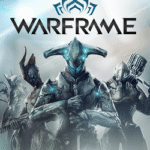 Warframe
Warframe
 Roblox
Roblox
 Schedule I
Schedule I
 Sonic the Hedgehog™ Classic
Sonic the Hedgehog™ Classic
 Auto X Drift Racing 3
Auto X Drift Racing 3
 Free Fire
Free Fire
 Candy Crush Saga
Candy Crush Saga
 NBA 2K24
NBA 2K24
 Black Myth: Wukong
Black Myth: Wukong
 Rust
Rust 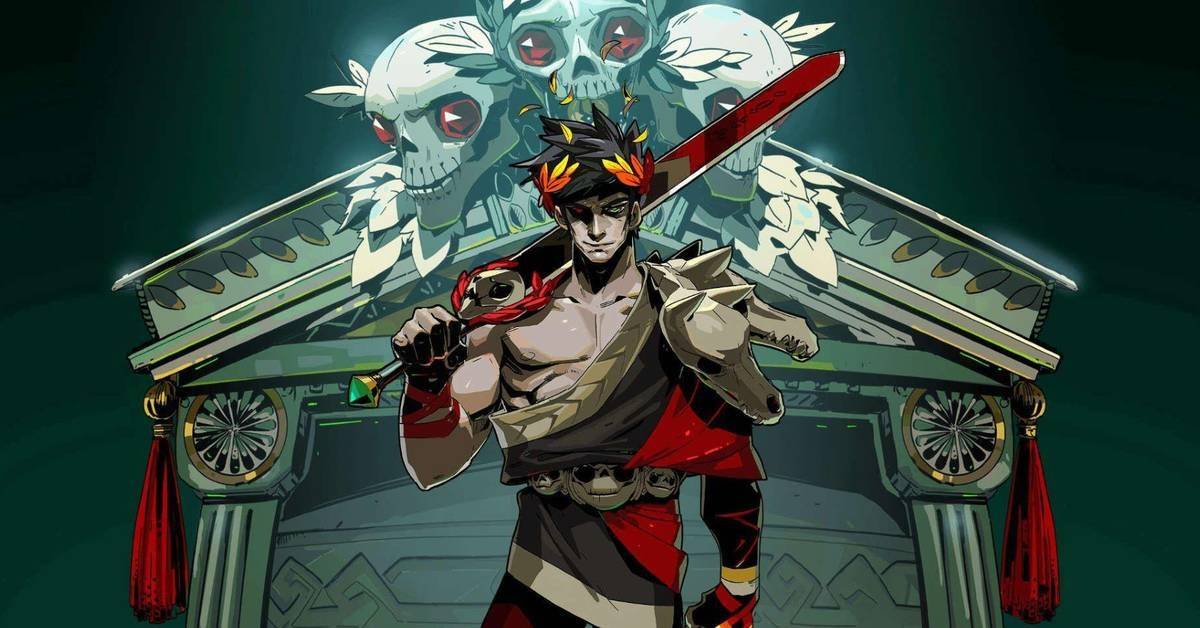 Five years on from its official 1.0 release, Hades remains a towering achievement in indie gaming, not just for its fast-paced action and clever storytelling, but for its unique relationship with its fanbase. While the game itself re-energized Greek mythology for a new generation by focusing on obscure figures like Zagreus, the community has taken this a step further. Through a vibrant ecosystem of fan art, fan fiction, and elaborate mods, the Hades fandom has not only expanded on Supergiant Games’ vision but has, in many ways, created its own sprawling pantheon of gods, heroes, and interconnected myths. This is the story of how a video game community became its own creative force, building a shared mythology that rivals the ancient texts themselves.
Five years on from its official 1.0 release, Hades remains a towering achievement in indie gaming, not just for its fast-paced action and clever storytelling, but for its unique relationship with its fanbase. While the game itself re-energized Greek mythology for a new generation by focusing on obscure figures like Zagreus, the community has taken this a step further. Through a vibrant ecosystem of fan art, fan fiction, and elaborate mods, the Hades fandom has not only expanded on Supergiant Games’ vision but has, in many ways, created its own sprawling pantheon of gods, heroes, and interconnected myths. This is the story of how a video game community became its own creative force, building a shared mythology that rivals the ancient texts themselves.
 Beyond the Canon: The Unused Gods
Beyond the Canon: The Unused Gods
The original Hades game, with its cast of witty, charming, and deeply human gods, left fans hungry for more. Supergiant’s decision to focus on a handful of characters, rather than the entire Olympic pantheon, was a brilliant creative choice, but it also left a gaping hole for the community to fill. Fan artists and writers immediately got to work, designing their own versions of gods who were mentioned but never seen, like Hera, Apollo, and Hephaestus. These fan-made creations were often lovingly rendered in the game’s distinctive art style, complete with custom “boon” icons and witty dialogue. These fan-made gods became a part of the community’s shared lore, a kind of “headcanon” that was just as real as the game’s official story. When Supergiant Games finally revealed the cast for Hades 2, which includes Apollo and Hestia, it was a moment of validation for a community that had been manifesting these characters for years.
This creative process was driven by a deep love for the source material, but also by an appreciation for Supergiant’s approach to character design. The studio’s artists reimagined classic mythological figures, turning Zeus from a stern, thunder-wielding king into a jovial, boastful party dad, and giving Ares a menacing, armor-clad design that still showed his human vulnerabilities. Fans took this same approach, creating new characters that felt both authentic to Greek mythology and in line with Supergiant’s playful and modern sensibilities. This creative synthesis of old and new myths is what has made the Hades community’s work so compelling. It’s not just a copy of the game’s art style; it’s a genuine extension of its creative vision.
 The Power of Headcanon and Shipping
The Power of Headcanon and Shipping
The Hades community has also built a rich body of work around the relationships between its characters. The game’s narrative, with its focus on complex family dynamics and romantic subplots, provided a fertile ground for fan fiction. The relationship between Zagreus and Thanatos, for example, became one of the most popular pairings in the fandom, leading to a massive amount of fan art and long-form stories. Fans explored every possible relationship, from the tragic love story of Orpheus and Eurydice to the complicated family dynamic of Hades, Persephone, and Zagreus. These stories were not just simple fan-service; they delved into the deep themes of the game, like family, loss, and the nature of love in a world of immortals. The fandom’s creativity has, in many cases, provided a deeper and more nuanced exploration of the game’s emotional core than the game itself could have, a testament to the power of a collaborative, fan-driven narrative.
Supergiant Games has, for its part, been incredibly supportive of this creative outpouring. The studio’s developers have frequently praised the fan art and fan fiction, and they have gone so far as to include subtle nods to popular fan theories in their updates and in the recent Hades 2. This positive feedback loop between the developers and the community has created an environment where creativity is not only encouraged but celebrated. It’s a relationship that is rare in the gaming industry, one that proves that when a studio trusts its fans to create, they will rise to the occasion and build something truly special.
Five years after its release, Hades remains a testament to the power of a well-crafted narrative and a passionate community. The fandom has not only kept the game alive but has, through its own work, created a new chapter in the story of Greek mythology. It’s a powerful reminder that in the world of video games, the experience doesn’t end when the credits roll. For many players, it’s just the beginning of a journey into a new, fan-made pantheon of gods and heroes.

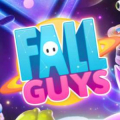

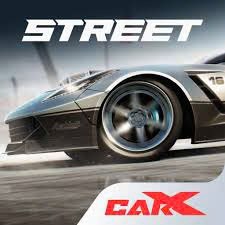

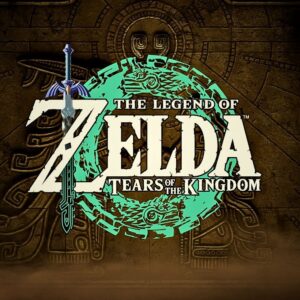


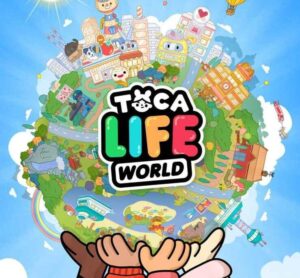

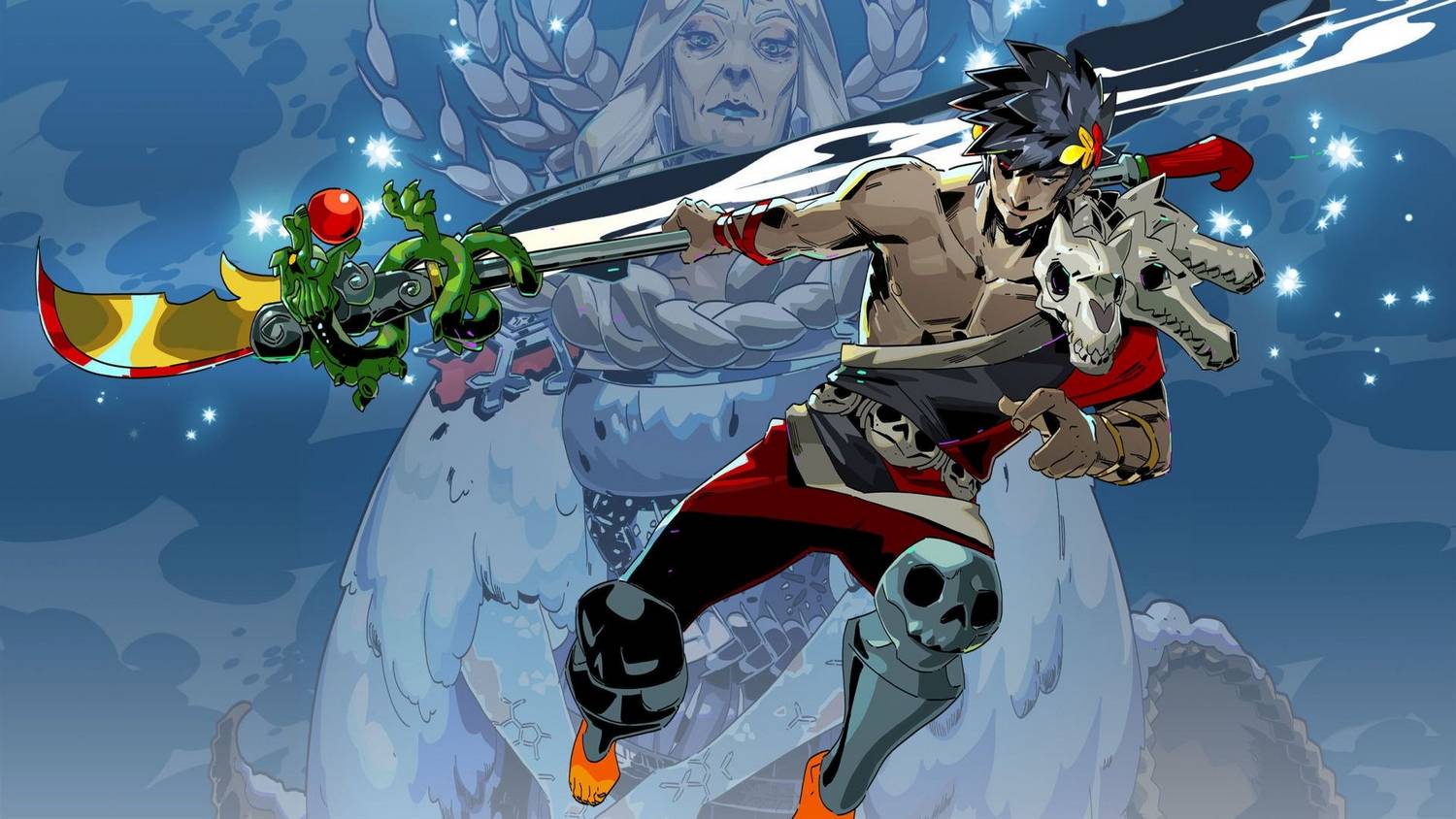 Beyond the Canon: The Unused Gods
Beyond the Canon: The Unused Gods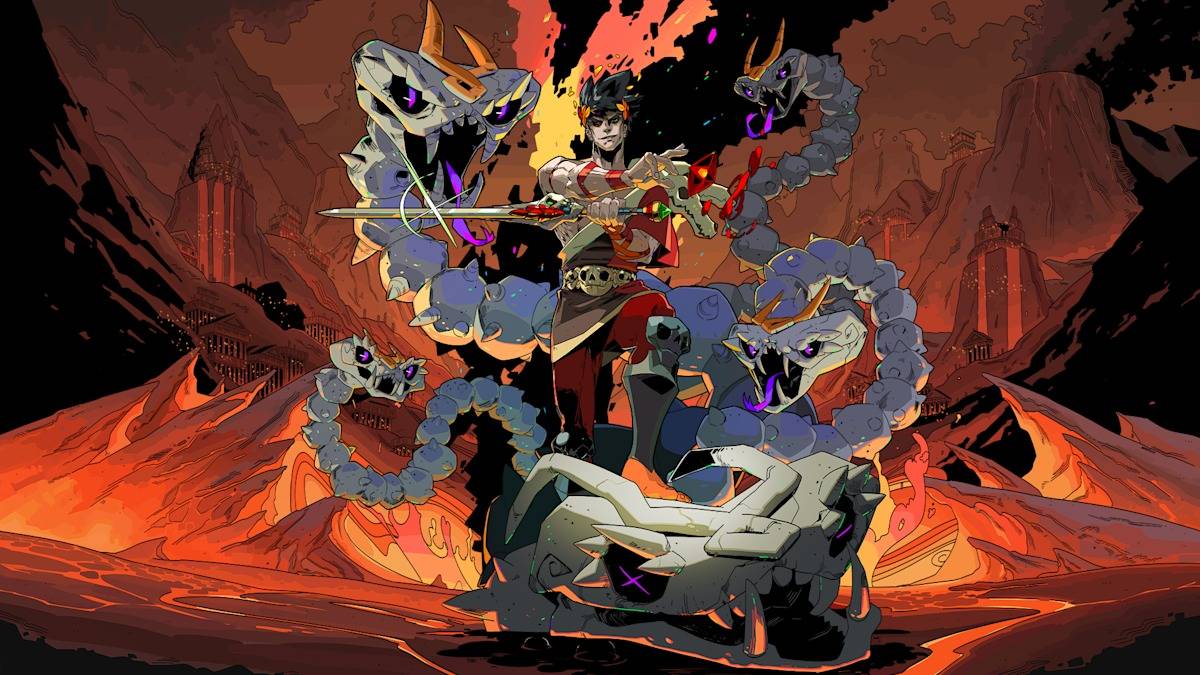 The Power of Headcanon and Shipping
The Power of Headcanon and Shipping